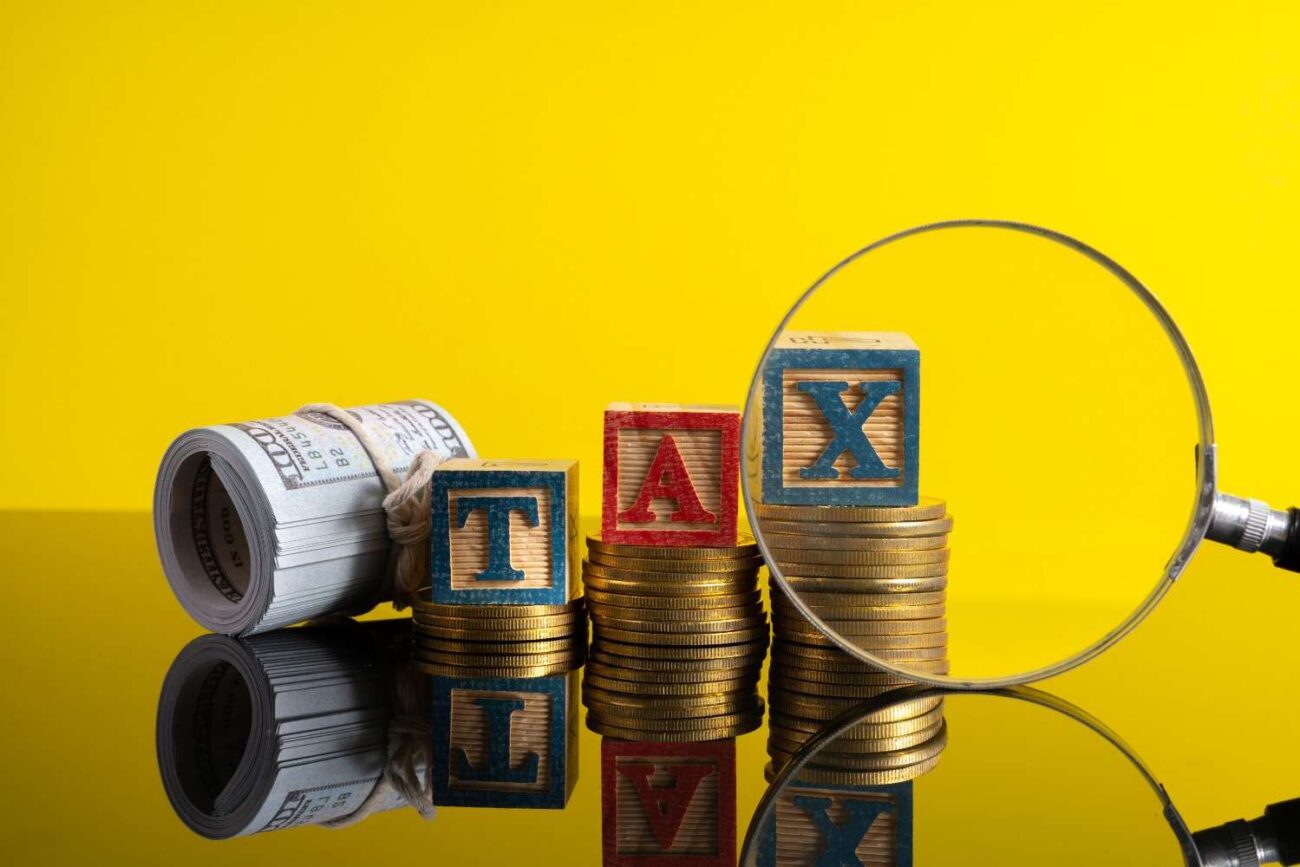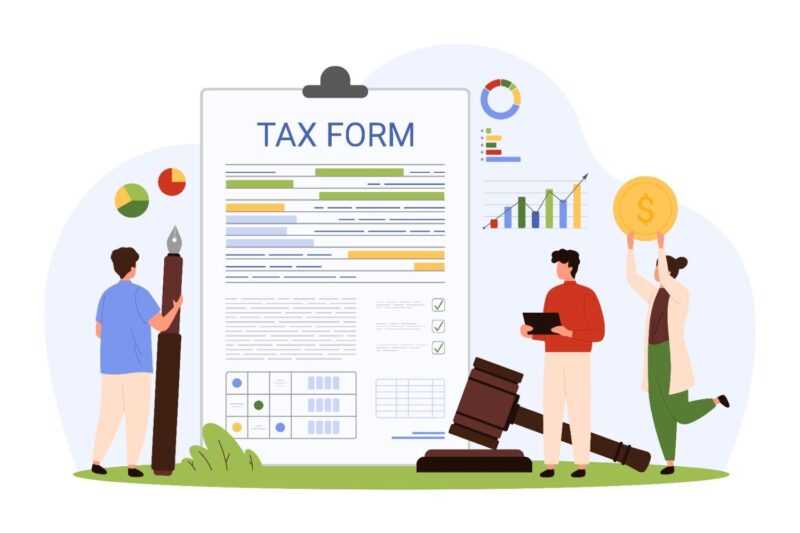Each and every year, the income tax returns of millions of Indians are filed. But, between the old and new tax regimes, a lot of people can’t make up their minds. The two systems have their own pros and cons, but if you comprehend the difference between old and new tax regimes, you will have the chance to make a better financial decision.
Let us simplify it a bit.
What Is the Old Tax Regime?
The old tax regime is the conventional system that many taxpayers have been relying on for years. It allows you to claim multiple tax exemptions and deductions, which help reduce your taxable income.
For example, if you have invested in ELSS funds, you would be able to claim a deduction for life insurance premiums or contributions to your provident fund under Section 80C (of up to ₹1.5 lakh).
Some other common deductions are,
- ₹50,000 under Section 80CCD(1B) for NPS.
- ₹25,000 for health insurance under Section 80D.
- HRA and LTA for employees with a salary.
The more you invest or spend in the eligible options, the more you can save on taxes.
What Is the New Tax Regime?
The new tax regime was introduced in Budget 2020 to simplify the tax system. Under this regime, the government reduced the tax rates but removed most exemptions and deductions. It means you can enjoy lower tax rates, but you cannot claim benefits like 80C, HRA, or 80D.
Here are the new income tax slabs in India (FY 2025–26),
| Income Range (₹) | Tax Rate (New Regime) |
| 0 – 3,00,000 | Nil |
| 3,00,001 – 6,00,000 | 5% |
| 6,00,001 – 9,00,000 | 10% |
| 9,00,001 – 12,00,000 | 15% |
| 12,00,001 – 15,00,000 | 20% |
| Above 15,00,000 | 30% |
Difference Between Old and New Tax Regime
| Category | Old Tax Regime | New Tax Regime |
| Tax Rates | Higher | Lower |
| Exemptions & Deductions | Available | Not available |
| Investment Requirement | Must invest to save tax | No investment needed |
| Best For | People who claim deductions | People with fewer investments |
| Complexity | More calculations | Simple and easy |
| Standard Deduction (FY 2025–26) | ₹50,000 | ₹75,000 |
| Default Regime | Optional | Default |
Which Tax Regime Is Best for You?
There isn’t just one solution. Your income, spending, and saving patterns will determine which option is best for you.
Here’s how to make a decision,
- Select the Old Tax Regime if you receive HRA benefits, pay interest on your home loan, or invest frequently in tax-saving plans.
- If you don’t use many deductions and prefer a straightforward system, go with the New Tax Regime.
To put it simply, the old regime can help you save more money if you invest carefully each year. However, the new regime may be easier to succeed in if you don’t invest much.
Pros and Cons of Both Regimes
| Old Tax Regime | New Tax Regime |
| Allows many deductions and exemptions | Lower tax rates |
| Suitable for salaried employees with home loans | Simple to file taxes |
| Complicated paperwork | No major tax benefits |
| Requires regular investment planning | Not ideal for high savers |
How to Switch Between the Two
Every taxation fiscal year, salaried taxpayers can select their regime while filing their taxes.
- Business owners or self-employed individuals can only switch once unless they stop their business activities.
- To make the most informed decision, compare your tax liabilities under both regimes before the submission of your return.
Conclusion
It is important to know the difference between old and new tax regimes so that you can minimise your expenses.
The old regime is generous to those who save and the ones who invest in tax-advantaged products. The new regime, however, caters to those who like to have their money easily accessible and without any hassles.
The government wants to allow the taxpayers to choose what suits them best. So, before you file your next return, compare both systems carefully and pick the one that helps you save more and plan better for the future.




